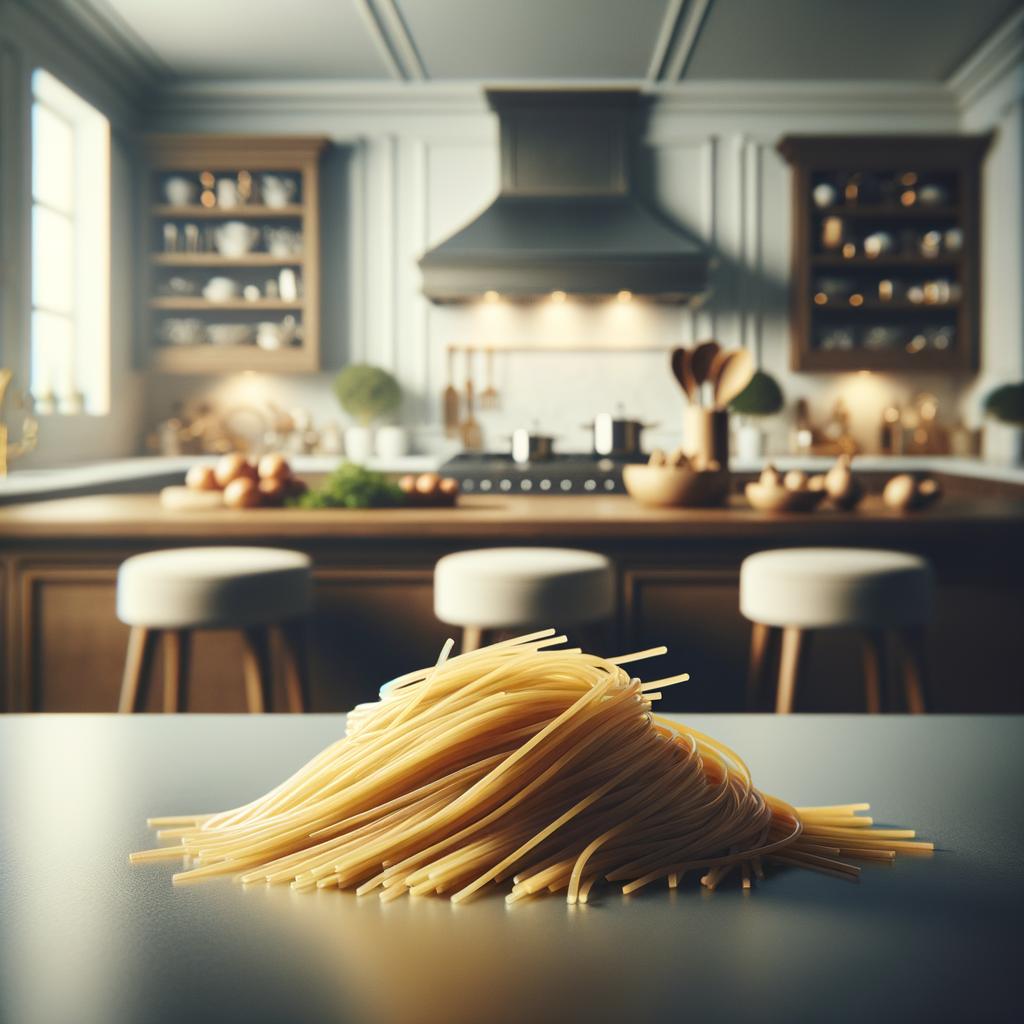Spaghetti

Description
Spaghetti, a beloved staple of Italian cuisine, is a long, thin, cylindrical pasta made primarily from durum wheat semolina and water. Its smooth surface and golden hue are as pleasing to the eye as they are to the palate. The texture of perfectly cooked spaghetti is al dente, which translates to "to the tooth," offering a tender bite with a slight firmness. Its flavor is subtly nutty and wheaty, providing a versatile base for a multitude of dishes. What sets spaghetti apart from other pasta shapes is its ability to twirl around a fork, creating a delightful culinary experience that transcends beyond just the taste.
Primary Uses
Spaghetti is used in a myriad of dishes across various cuisines, but it is most famously used in Italian cooking. It serves as the star in classic recipes such as spaghetti aglio e olio, spaghetti carbonara, and the globally adored spaghetti Bolognese. The pasta's length and thickness allow it to hold onto sauces beautifully, making it a favorite choice for both creamy and tomato-based sauces. Beyond the culinary world, spaghetti has also found its place in various cultural and artistic expressions, including cinema, literature, and visual arts.
History
The history of spaghetti is as rich and tangled as a plate of the pasta itself. While it's widely associated with Italy, the origins of pasta are believed to trace back to ancient China. Marco Polo is often credited with bringing pasta to Italy from his travels in the 13th century, but some food historians argue that pasta was already present in Italy by that time. Over centuries, spaghetti has evolved from a luxury food to a staple, adorning dinner tables across the globe. The spaghetti we know and love today gained popularity in the 19th century when Italian immigrants introduced it to the United States. It's also worth noting that spaghetti has been the subject of many myths and stories, including the humorous yet false tale of the "Spaghetti Tree" broadcasted by BBC on April Fool's Day in 1957.
Nutritional Information
Spaghetti is a good source of complex carbohydrates, providing sustained energy. A serving of spaghetti also contains a decent amount of protein and dietary fiber, especially when made from whole grains. It's low in fat and, if unsalted, low in sodium. Spaghetti also contains some essential minerals such as manganese and selenium. Compared to other types of pasta, its nutritional profile is quite similar, although the exact values can vary depending on the specific type of flour used. Whole grain spaghetti, for instance, has more fiber and nutrients than regular spaghetti. As with any food, moderation is key to enjoy spaghetti as part of a balanced diet.

